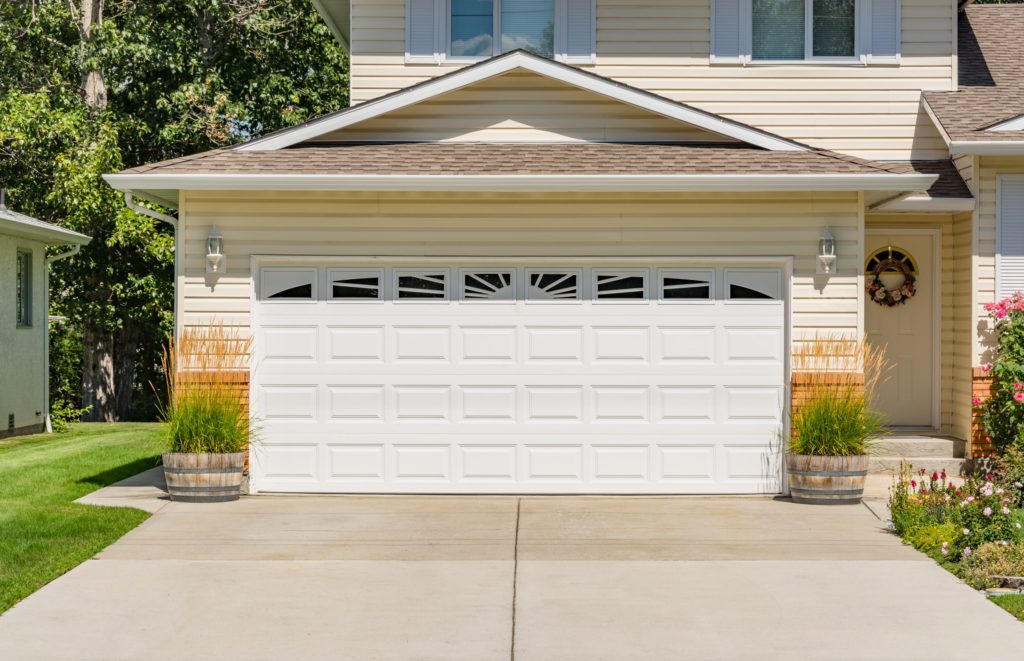Residential roofing is a critical component of a home’s construction. It protects from the harsh sun rays and heat, rain, snow, and wind. It also prevents the settling of water and protects against structural damage.
There are many different types of residential roofs, each with its benefits and drawbacks. Some of these roofs are more expensive than others, but each offers a high level of protection. Read this first!
Cost
Residential roofing is an industry that involves the design and installation of roofs specifically for homes. It is also a multifaceted industry, with several aspects that need to be taken into account, including cost, materials used, and maintenance. Choosing the right roofing material can have a significant impact on the overall cost of the project, so it is important to consider all of the options available before making a decision.
A few of the most popular roofing materials for residential properties include asphalt shingles, Gable A-frame Hip roofs, and tile roofs. Metal roofs are another option, which offers superior protection against weather conditions and can save money on energy costs by reflecting heat. Additionally, some types of residential roofing are eco-friendly and can help reduce carbon emissions.
The cost of residential roofing depends on several factors, including the size and slope of the roof. A professional roofing contractor can estimate the cost of a new roof based on these factors and can make recommendations that suit your budget.
Design
Residential roofs are available in a variety of styles and materials. The choice depends on the homeowner’s preferences, climate conditions, and budget. Some homeowners prefer a metal or tile roof for its durability and aesthetic appeal, while others may opt for a more traditional asphalt shingle style.
In addition to aesthetic considerations, the design of a residential roof must also take into account factors like ventilation, insulation, and storm damage assessment. For example, gable roofs are a popular roofing style because of their simplicity and classic look. The two sloping sides of the roof provide equal air space and allow for the collection of rainwater.
The design of a residential roof can also be customized to accommodate solar panels or other energy-efficient features. In addition, green roofs can help to reduce a building’s environmental footprint and insulate it from extreme temperatures. These roofs are covered with vegetation and can reduce the need for artificial heating or cooling.
Materials
The material that goes on your roof will determine its cost, life span, and appearance. A professional will help you select the right roofing materials for your home, taking into account your budget and location.
Asphalt shingles are the most popular choice for homeowners because they’re inexpensive and durable. They also last up to 30 years. They come in 3-tab, architectural, and luxury styles.
Another great option is a built-up roofing system. Made of a combination of roofing felts saturated with hot bitumen, these systems can withstand the elements.
Wood shingle and shake roofs look good on Cape Cod, cottage, Craftsman, and Tudor-style houses. Shingles are milled to a uniform length, width, and thickness for clean lines while shakes are split into wedge-shaped slabs. Both are heavy and expensive, but they can withstand high winds and can resist heat and moisture.
Maintenance
A well-maintained residential roof will protect the house and its inhabitants from harsh weather conditions and other hazards, including falling debris and critters. It is also an excellent way to add curb appeal and increase the value of the property. However, like any other major investment, a residential roof requires regular inspections and maintenance. Homeowners can avoid the need for costly roof repairs or replacement by identifying warning signs of wear and tear, such as discoloration or moss growth.
It is important to maintain proper ventilation and insulation to keep moisture levels low and regulate indoor temperatures. In addition, it is crucial to clean gutters and downspouts regularly to prevent blockages and ensure that water drains properly from the roof. It is also a good idea to remove any accumulated debris, such as twigs and leaves, and to trim trees that overhang the roof. Also, pipe boots, the neoprene flashing around plumbing or vent pipes, should be checked for cracks and holes that could allow water to leak into the home. Check this helpful information.



 (210) 777-7663
(210) 777-7663
